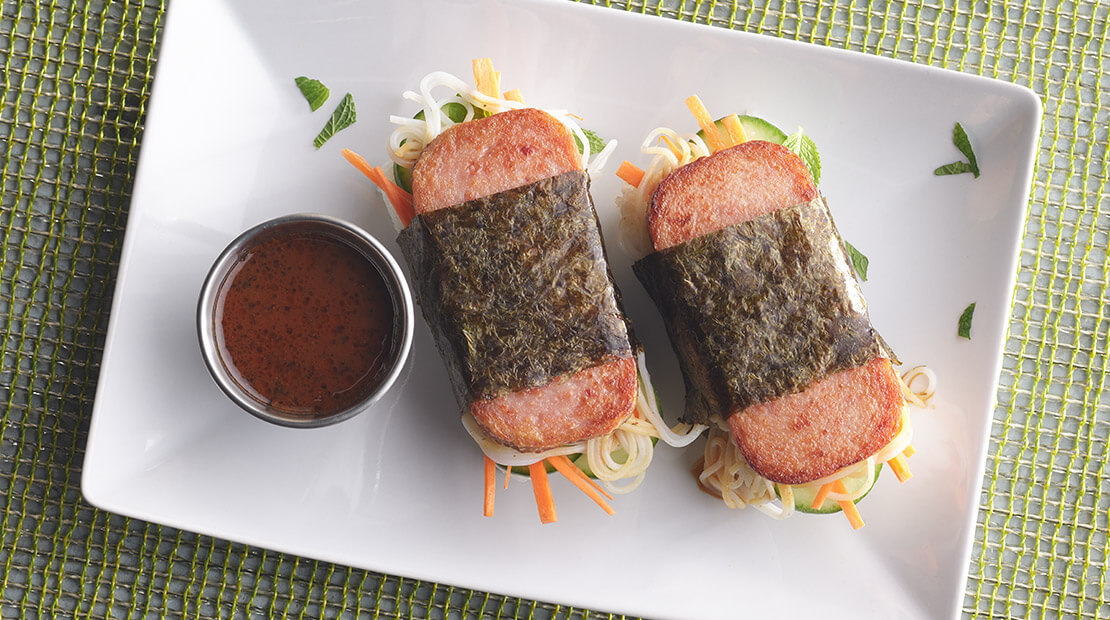Brands
The Power of SPAM: How a Canned Meat Went from Wartime Necessity to Hawaii Delicacy

Today Show
The result was a nonperishable slab of pink meat, conveniently packaged in 12-ounce cans. As the story goes, Jay Hormel crossed the words “spice” and “ham” to name the invention “Spam.”
But if the pork product was invented in Minnesota, how did it come to be so uniquely celebrated in Hawaii? When I lived on the island of Oahu for two months this year, Spam was everywhere — in cafes that specialize in Spam musubi, in the refined dishes of fine-dining restaurants and the McDonald’s breakfast menu. In a phone call with TODAY Food, food biographer Carolyn Wyman recalled that while her book signings usually occur without much fanfare, she was met with a 45-minute line at the Honolulu signing of “SPAM: A Biography.” According to the SPAM website, Hawaii residents consume 7 million pounds of Spam each year.
At the same time, residents of the mainland United States tend to view the canned meat with derision. Food historian Rachel Laudan has noticed that the subject of Spam resurfaces in mainstream media at least once a year — and when it does, “People say all of the same things,” she told TODAY. “About how they wouldn’t touch it, how it’s awful … But when it comes to hot dogs, which they could say many of the same things about, they don’t. So there’s a puzzle for you.” Even the French delicacy pâté, she pointed out, often consists of pork meat and pork fat ground up together — essentially, Spam by a more palatable name.
The impulse to turn one’s nose up at Spam reflects a lack of understanding of how, exactly, Spam accrued its popularity — not just in Hawaii, but also in the Philippines, South Korea, Okinawa and other sites of U.S. colonialism throughout history. Here’s a breakdown of the significance of Spam, from the experts.